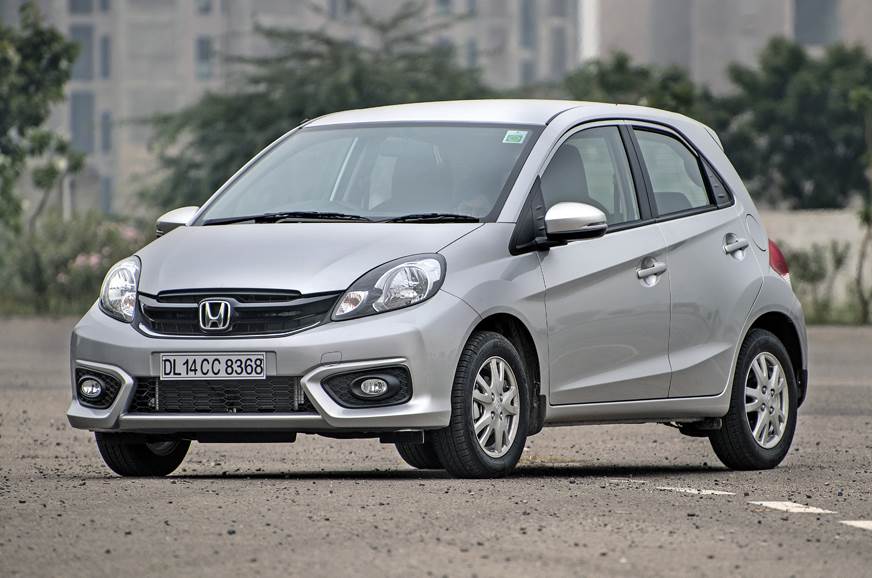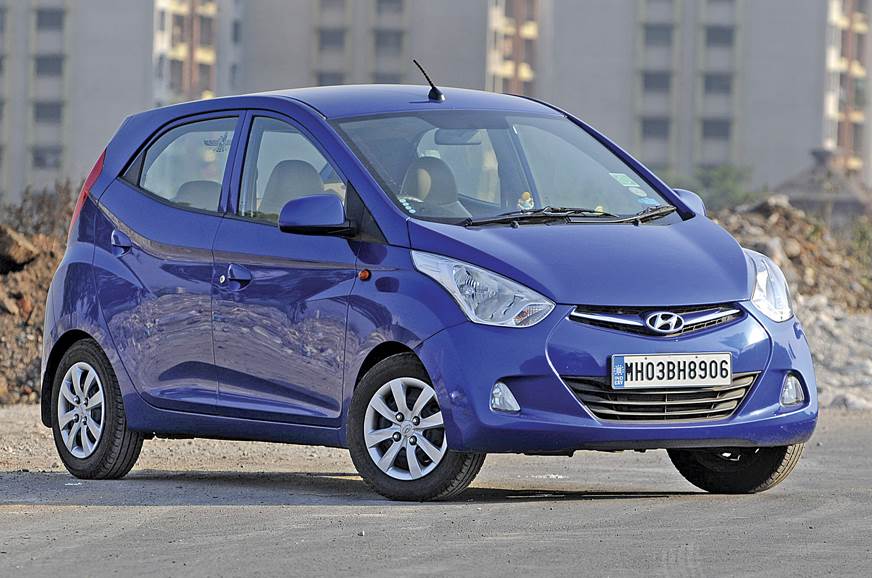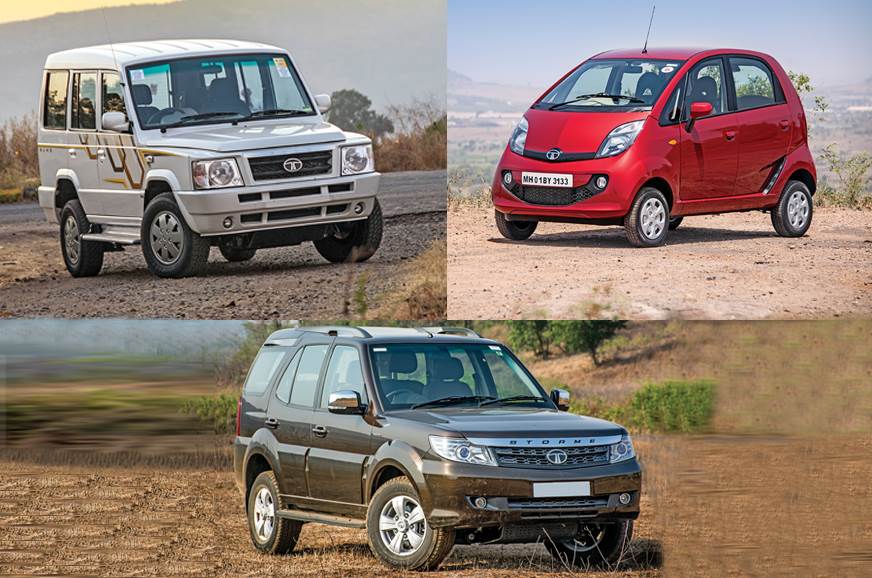
Japan may be the country with the highest life expectancy but when it comes to the longevity of cars, India tops the list, if you exclude sanction-stifled Iran.
Proof? The venerable Ambassador manufactured in Uttarpara between 1948 and 2014 holds the record for the longest production run of any car ever; and even the good old Maruti 800 bowed out after a good 30 years, by which time it had put an entire nation on wheels. What’s amazing is that Maruti continues to produce both the Omni and the Gypsy 33 years on, and Tata Motors too has its stalwarts – the 25-year-old Sumo and 20-year-old Safari are still chugging along; and let’s not forget past heroes like the Hyundai Santro and Tata Indica, each of which had a good run of around 20 years.
The point is that cars don’t die easily in the Indian market, even when the demand for them evaporates; which is why life cycles can stretch to, well, a lifetime.
But of late, intense competition, and tougher emission and safety regulations are forcing manufacturers to clean up their portfolios and bring them more up to date. The move to stricter emission standards has certainly shortened product life cycles, but hasn’t managed to upgrade fleets completely, because it’s still possible to plonk the latest engines in a relic. Remember the Ambassador with the fuel-injected 1.8-litre Isuzu motor?
But this year, that’s all set to change. From October 1, 2019, all cars will have to meet a series of stringent crash test norms that will help weed out cars well past their expiry date, and end the Indian industry’s legacy of producing older-generation products. The latest crash regulations actually came into effect on October 1, 2017, but were only applicable to cars launched after that date, while older models were given a two-year grace period.
Therefore by October this year, many of the older cars will perish as their design and architecture does not allow them to be upgraded to meet the new crash test norms, which involves multiple tests for full-frontal impact, a 40 percent offset and side impact, too. For some models the end could come earlier if they don’t offer ABS brakes, which will be mandatory on all cars from April 1, 2019.
The best thing about the latest regulations is that with one fell swoop it eradicates some of the death traps still being manufactured and elevates the safety standards of the cars sold in India to a global level. Sadly, it also marks the end for several icons that a generation of motorists has grown up with. Here are the cars (listed in alphabetical order) that will be given their last rites. Amen!
Contents
- 1 FIAT LINEA (2008–2019)
- 2 FIAT PUNTO (2009–2019)
- 3 HONDA BRIO (2011-2018)
- 4 HYUNDAI EON (2011-2018)
- 5 MAHINDRA E2O (2013–2019)
- 6 MAHINDRA NUVOSPORT (2009–2018)
- 7 MAHINDRA VERITO (2011–2019)
- 8 MAHINDRA XYLO (2009-2018)
- 9 MARUTI SUZUKI OMNI (1984–2019)
- 10 MARUTI SUZUKIGYPSY (1985–2019)
- 11 TATA NANO (2008-2019)
- 12 TATA SAFARI (1998-2019)
- 13 TATA SUMO (1994-2019)
FIAT LINEA (2008–2019)
FIAT PUNTO (2009–2019)

At the 2017 Geneva motor show, the late Sergio Marchionne, in his forthright fashion, told Autocar India that ‘Fiat has had many chances in India and now it is Jeep’s turn.’ That the FCA boss had given up on Fiat in India is pretty obvious when you look at the brand’s product portfolio, which consists of nothing more than the Linea, launched in 2008, and the Grande Punto, which came in 2009. A decade on, there has been minimal investment in these ageing products – both of which don’t register more than double-digit sales figures every month. So when faced with the same ‘invest or perish’ dilemma as the other manufacturers on the eve of this stricter regulatory era, the choice is pretty straightforward.
Yes, the company will, once and for all, shut down the Fiat brand, which has been a household name in India for generations. It’s the end of an era.
HONDA BRIO (2011-2018)

Honda quietly discontinued the Brio last year with no plans for a successor. To beef up the Brio to meet the new regulations made no sense, as there were hardly any takers for it. The demise of the hatchback also marks Honda’s exit from the budget-end of the market, where the company burnt its fingers and won’t return in a hurry.
HYUNDAI EON (2011-2018)

Built to a cost on Hyundai’s HA platform and developed specifically for the Indian market, the Eon was never conceived to meet global crash standards – and it didn’t have to, as the Eon was only sold in India and there were no plans to export it. The Eon was phased out last year after the launch of the new Santro (built on the i10 platform), which is now the entry-level model in the range.
MAHINDRA E2O (2013–2019)
MAHINDRA NUVOSPORT (2009–2018)
MAHINDRA VERITO (2011–2019)
MAHINDRA XYLO (2009-2018)

Like Tata Motors, Mahindra will also take advantage of the new regulatory environment to clean out its portfolio. Cars like the Xylo and Nuvosport, built on a modified version of the original Bolero’s platform, were discontinued last year, itself. What will come as a blow to the green brigade is that the only two fully electric vehicles that were accessible by the general public will have to say goodbye as they won’t meet the latest crash norms. The golf cart-like e2o doesn’t have any hope of meeting any serious crash test. And while the Verito can be made crash-compliant, it loses out because the business case of investment versus volumes is stacked against it.
On the other hand, Mahindra sees more of a business case in the Thar, which although based on an antiquated ladder chassis rooted in the MM540, has a loyal following. The only way the Thar can get past the safety inspectors is by switching to Mahindra’s crash-compliant Gen3 ladder-frame that underpins the latest Scorpio and TUV range – and that’s exactly what Mahindra is doing. Hence, expect the next-gen Thar come with an all-new chassis and all-new body. But, there could be a gap of several months between the old Thar which doesn’t have ABS and hence could be discontinued as early as 2001 and the new model which isn’t due till early next year.
MARUTI SUZUKI OMNI (1984–2019)
MARUTI SUZUKIGYPSY (1985–2019)

India’s top manufacturer will pull the plug on two of its most enduring models this year. The seemingly immortal Omni minivan, which incredulously still finds over 7,000 buyers on average every month, will finally be put to rest. The Omni was known for its unbeatable space efficiency – an advantage that unfortunately came at the expense of frontal protection, of which it had none. This ruled out even the most remote chance of it passing any future crash test.
The legendary Gypsy – still considered the off-road king by many die-hard 4×4 fans and the most successful rally car of all time – will be phased out too. The Gypsy’s archaic design from the ’80s doesn’t leave much scope for an upgrade; it would have to be re-engineered from scratch to become crash-worthy. Besides, the volumes are too small to justify that sort of investment and it would make more sense to launch a replacement. And that’s why the company is mulling over a four-door version of the Jimny.
Other cars that won’t pass the new crash tests but will be replaced with newer models are the Eeco and Alto. In fact, Maruti is developing upgraded Eeco, due by the end of 2019, with a low-end version aimed at filling the huge void left by the Omni. The bestselling Alto will be replaced this year and is likely to use a modified version of the Heartect platform the newly launched WagonR is built on.
TATA NANO (2008-2019)
TATA SAFARI (1998-2019)
TATA SUMO (1994-2019)

Tata Motors’ future models will be built on just two platforms – the Alfa and Omega architectures – which implies all existing products on older platforms will eventually be phased out. That process will begin in earnest with the near-defunct Nano being consigned to history, thus closing a significant chapter for the company.
Tata Motors did have a plan to keep the Nano alive and had, in fact, invested Rs 400 crore in developing the next-gen model (codename: Pelican) designed to meet all future regulations. However, after the demand for the Nano completely evaporated, the company decided to abort plans to launch the next-gen model. As a result, the current barebones Nano won’t even make it past the April 1, 2019 deadline, when ABS brakes become mandatory.
Tata’s old warhorses – the utilitarian Sumo and the iconic Safari will also be discontinued later this year as the tiny sales numbers do not justify the gigantic investment required to make them comply with the latest crash regulations. Besides, the body-on-frame platforms that both the Sumo and Safari are based on don’t fit in with Tata’s two-platform strategy.
This brings us to a key question: What is the Hexa’s future? It’s likely that Tata will end the Hexa by the middle of next year to duck the huge investment needed to comply with pedestrian protection and BS-VI norms that come into effect from April 1, 2020.
[“source=autocarindia”]